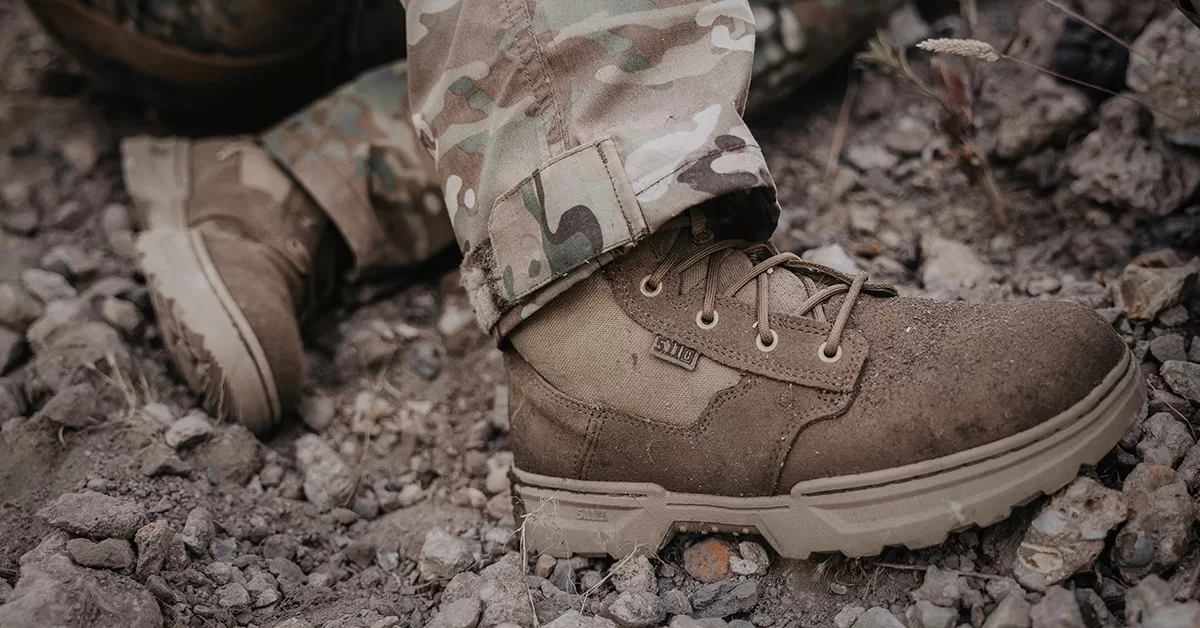National Preparedness Month: Ready Bag Essentials
Did you know September is National Preparedness Month? In the spirit of always being ready, we thought we’d kick things off a little bit early by putting together a ready bag checklist.
What is National Preparedness Month?
National Preparedness Month is nationwide initiative from FEMA (Federal Emergency Management Agency) that first began in 2004 as an effort to better educate Americans on how to respond to emergency situations, including natural disasters and terrorist attacks. Each September, FEMA and other government outlets roll out new information to help Americans better prepare themselves for emergencies of all kinds.
The theme for 2022’s National Prepareness Month is ‘A Lasting Legacy,’ described as “The life you’ve built is worth protecting. Prepare for disasters to create a lasting legacy for you and your family.”
To help prepare you and your family with the essential tips and gear needed to respond to disasters of all kinds, the experts at 5.11 Tactical are sharing guides and resources across all channels, such as this checklist for preparing your very own ready bag.
Disclaimer: This is NOT an all-encompassing list of gear. What you need in your pack will vary depending on your location and your intended use, be it a long-range bug out bag or general go-bag. The gear and supplies we’ve selected for this list are intended to be a starting point that’s general enough to tackle a wide range of situations. Expand and supplement this list as necessary to cover your personal needs!
Ready Bag Essentials
Step 1: Choose the right bag
Consider the overall size, weight, and durability against the amount of gear you plan on packing. A small backpack would not be a suitable long-range bugout bag, and a large backpack carrying only a minimal amount of gear would be inefficient. A great place to start is the RUSH24 Backpack. Complete with wrap-around MOLLE, this backpack can be expanded with external pouches, medical kits, or any other MOLLE compatible attachments virtually anywhere on the outside of the pack. It’s also made with durable 1050 Nylon and a water-repellant coating to keep your gear secure and dry in inclement weather.
Step 2: Survival Tools/Supplies
Your exact needs will vary, but make sure you have a capable fixed-blade knife, some kind of non-perishable food like MREs, potable water or the means of purifying/carrying water, fire-making tools (lighter, matches, kindling), basic medical supplies to include antiseptic, bandages, and tourniquet at the very least (use our external 3×6 Med Kit to save space inside your bag), a flashlight such as our Rapid PL1AA, a battery-operated radio, and extra batteries – simplify if you can by making sure your electronics take the same type of batteries. Always look for ways you can lighten the load by choosing gear that can flex into multiple roles. Our Tactical Ferro Knife (also available in-store) for example can serve as both your knife and a backup fire-making tool if needed.
Step 3: Cover and Protection
Exposure to the elements can kill you significantly faster than starvation or thirst. Keep in mind that you may not have time to pack all the clothing you’ll need in an emergency situation. We recommend pre-packing at least some clothing like a jacket to keep you warm/dry if it were all you had. Our Packable Operator Jacket is made to quickly fold into its own compact pouch and could make for a great space-saving option.
Emergency Mylar blankets are extremely lightweight and heat reflective, they can be used several different ways to keep you warm and double as a signaling device. PPE like our TAC A3 Gloves or a face mask are especially relevant in light of the Coronavirus outbreak, but both can also keep you slightly warmer by limiting your exposure in cold conditions.
Lastly, a compact emergency shelter with some cordage is highly recommended. Anything that can keep you dry and offer some form of protection against the elements will do.
There you have it! 3 steps toward a versatile ready bag that will give you peace of mind in the event of an emergency. Stay tuned on social media for more National Preparedness Month content and always be ready.
Ready Bag CHECKLIST
- Bag & Gear Sets
- Water & Food
- Flashlight
- Light/Matches
- Knife
- Battery-Operated Radio
- Batteries
- Hand Sanitizer & Facemasks
- Emergency Blanket
- Gloves
- Emergency Shelter





